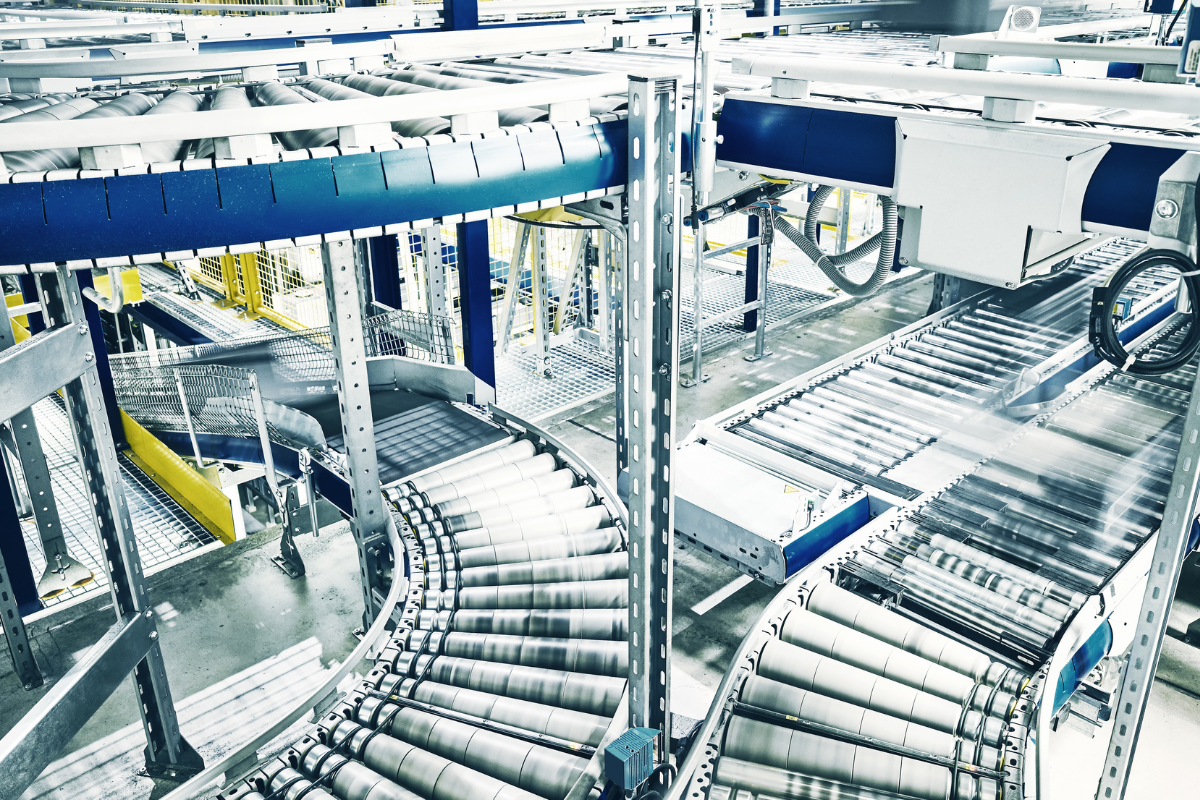In today’s competitive marketplace, customers demand personalization. Gone are the days of one-size-fits-all; instead, businesses are increasingly offering products tailored to individual needs. But how do you manage the immense complexity that arises when a single product can have hundreds, even thousands, of different permutations? The answer, for many, lies in variant configuration.
Variant configuration is a powerful tool within Product Lifecycle Management (PLM) and Enterprise Resource Planning (ERP) systems that allow companies to define a base product and then manage all its possible variations through a set of rules, options, and dependencies. But not every product benefits equally from this sophistication. So, what kind of products truly need variant configuration?
Let’s dive in.
The Hallmarks of Products Requiring Variant Configuration
Products that are ideal candidates for variant configuration typically share several key characteristics:
- High Degree of Customization/Options: This is the most obvious indicator. If your product offers numerous choices to the customer – different colors, sizes, materials, power options, additional features, etc. – you’re likely a prime candidate. Think beyond a simple “pick a color” scenario; we’re talking about interdependencies and constraints between these choices.
- Modular Design: Products built from a set of discrete, interchangeable components or sub-assemblies are perfect for variant configuration. Each module can be defined as an option, and the configuration system ensures that compatible modules are selected together.
- Complex Interdependencies and Constraints: This is where the real power of variant configuration shines. It’s not just about listing options; it’s about managing how those options interact.
-
- “If you choose Feature A, then Feature B is mandatory.”
-
- “Option X is only available with Material Y.”
-
- “Selecting a certain engine size limits the available transmission types.”
These intricate rules are precisely what variant configurators are designed to handle.
- Order-to-Cash Process Driven by Customer Specifications: If your sales process begins with a customer defining their specific requirements, and production only commences (or is heavily influenced) after these specifications are locked in, variant configuration is invaluable. It seamlessly translates customer desires into a concrete bill of material (BOM) and routing.
- Frequent Introduction of New Options/Features: In rapidly evolving markets, products are constantly updated with new features or variations. A robust variant configuration system allows you to introduce these changes efficiently without having to create entirely new product masters for every single permutation.
- Need for Accurate Quoting and Pricing: Calculating the price of a highly customized product can be a nightmare without a configurator. These systems can dynamically calculate pricing based on selected options, including surcharges for specific features or discounts for bundles.
- Desire for Automated Production Planning: Once a configuration is complete, the system can automatically generate a unique bill of materials (BOM), routing, and even potentially trigger procurement for specific components, streamlining the entire production process.
Examples Across Industries
Let’s look at some real-world examples:
- Automotive Industry: The classic example. Cars come with countless options: engine types, transmissions, interior trims, paint colors, infotainment systems, safety packages, wheel designs, and more. All these options have dependencies (e.g., a specific engine might only be available with an automatic transmission).
- Industrial Machinery: Think about heavy equipment like excavators, packaging machines, or specialized manufacturing lines. Customers can specify different power sources, tool attachments, conveyor lengths, control systems, and safety features.
- High-Tech Electronics: Servers, computers, and networking equipment often offer customizable RAM, storage, processors, graphics cards, and connectivity options.
- Furniture Manufacturing: Modular kitchens, office systems, or customizable wardrobes where customers choose dimensions, materials, finishes, drawer configurations, and accessories.
- Window and Door Manufacturers: Different materials (wood, vinyl, aluminum), glazing options, hardware, opening mechanisms, and sizes.
- Apparel (Mass Customization): While less common for true variant configuration at the core product level, some bespoke clothing or shoe manufacturers use similar principles for material, color, and fit options.
The Benefits of Getting it Right
Implementing variant configuration isn’t just about managing complexity; it delivers tangible business benefits:
- Reduced Errors: Eliminates manual errors in order entry, quoting, and production planning.
- Faster Quoting and Sales Cycles: Sales teams can quickly generate accurate quotes for complex products.
- Improved Customer Satisfaction: Customers get exactly what they want, leading to higher satisfaction.
- Streamlined Production: Automated BOM and routing generation optimizes manufacturing processes.
- Reduced Inventory: By supporting “build-to-order” or “assemble-to-order” strategies, companies can reduce the need for finished goods inventory.
- Enhanced Data Accuracy: A single source of truth for all product variations.
Conclusion
If your product portfolio is characterized by extensive customization, modularity, and intricate interdependencies, then investing in a robust variant configuration solution is not just an option – it’s a strategic imperative. It’s the key to transforming complex customer requirements into efficient, profitable operations, ultimately giving you a significant edge in a world that demands personalization.

With nearly two decades of experience in engineering, I bring deep expertise across both EPC (Engineering, Procurement, and Construction) and product-based OEM environments. My core strengths lie in engineering standardization, process optimization, and technical leadership. I have consistently driven excellence through the development and implementation of robust engineering frameworks, delivering value across global industrial projects and complex product lifecycles.


